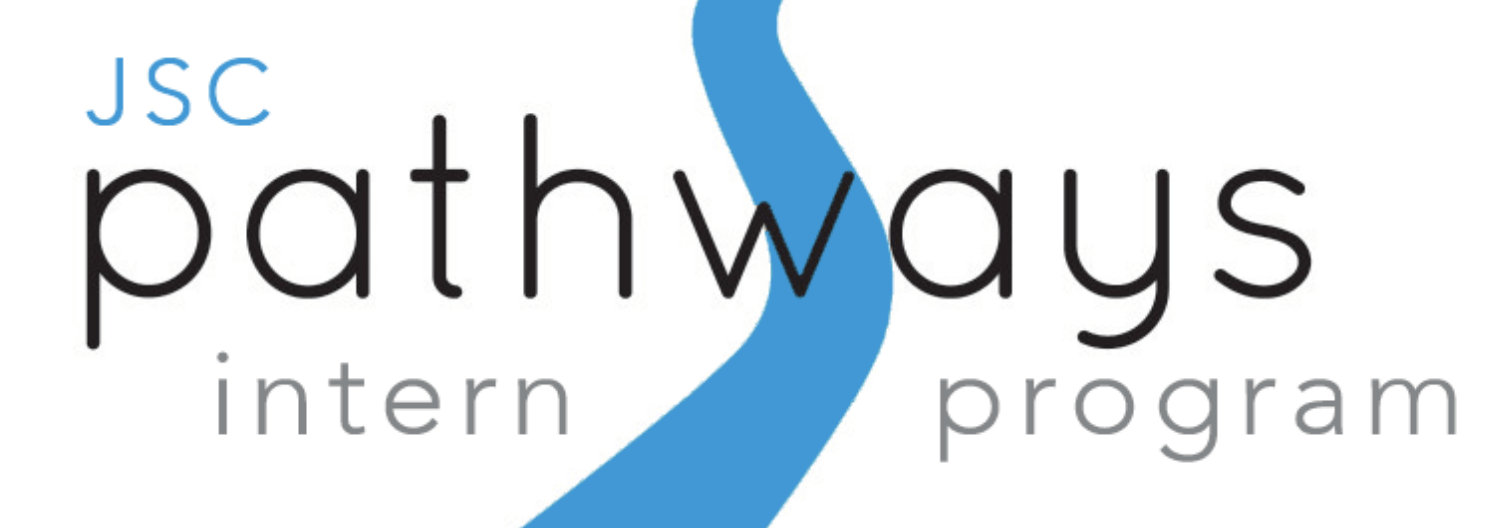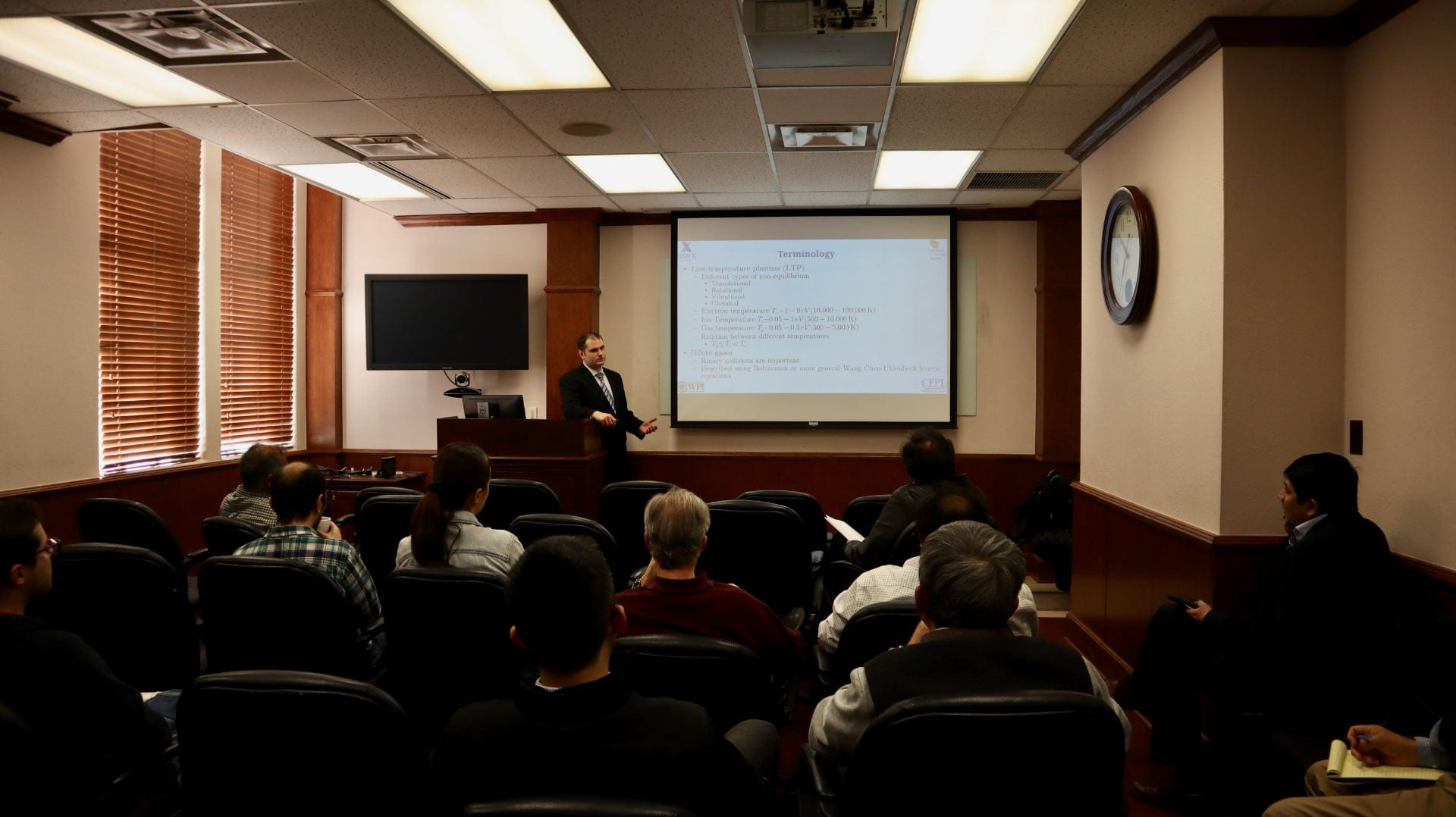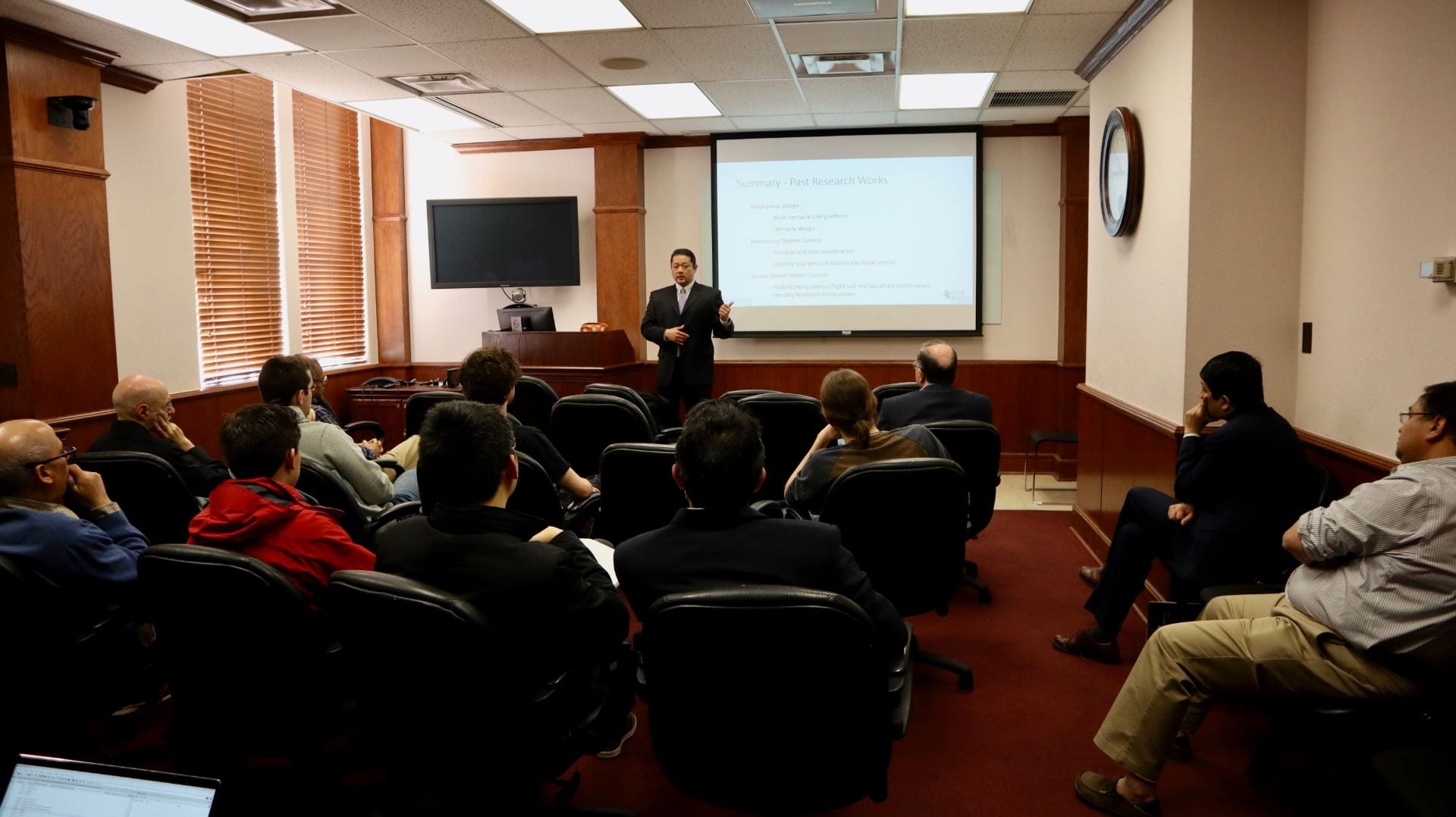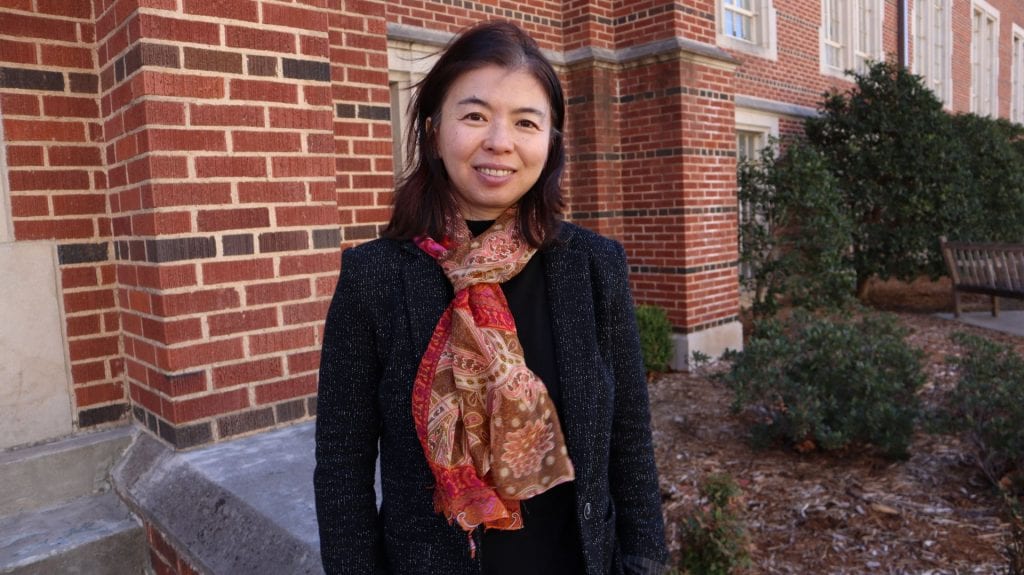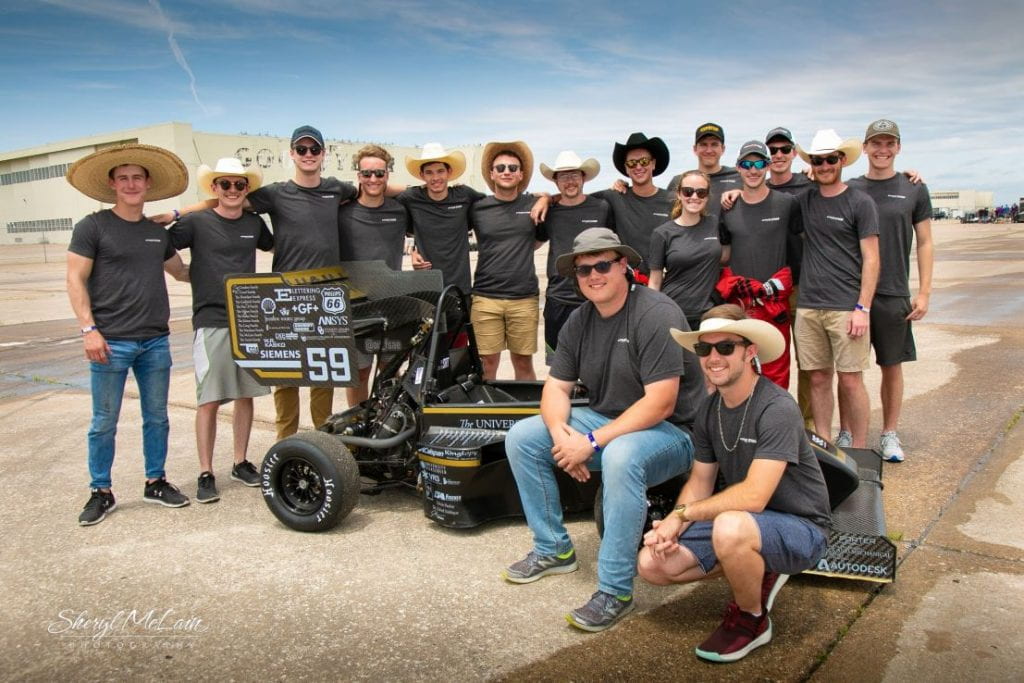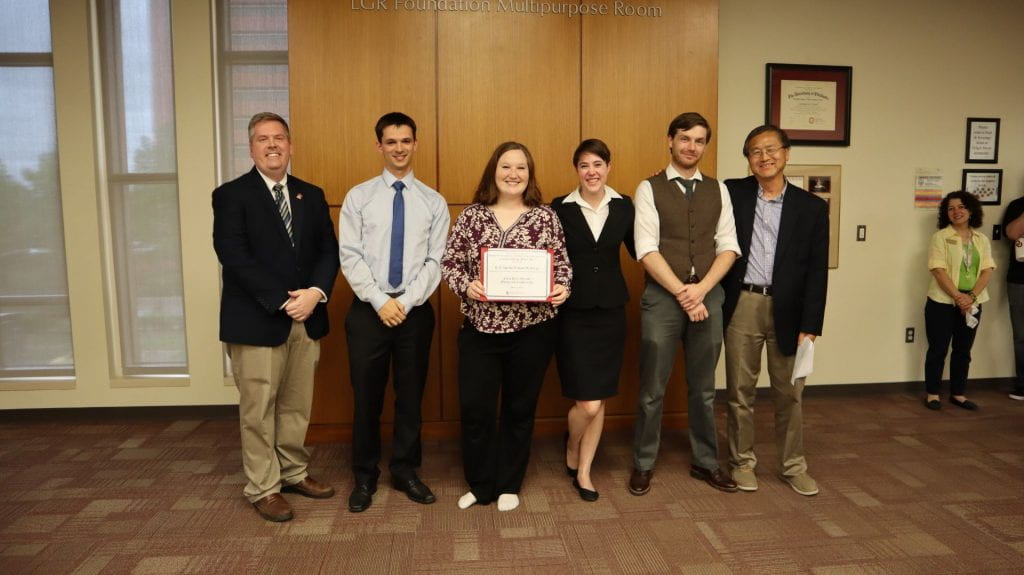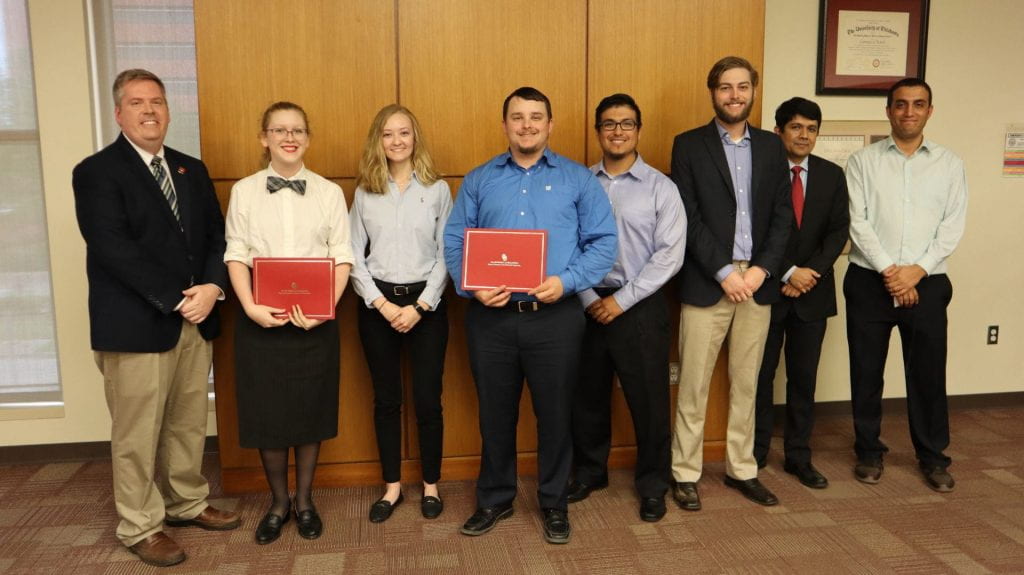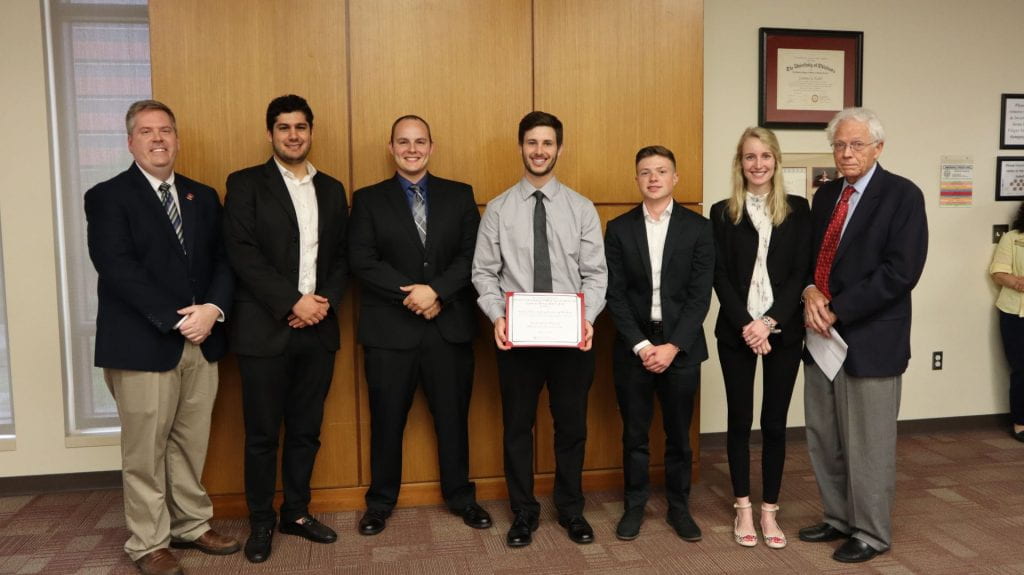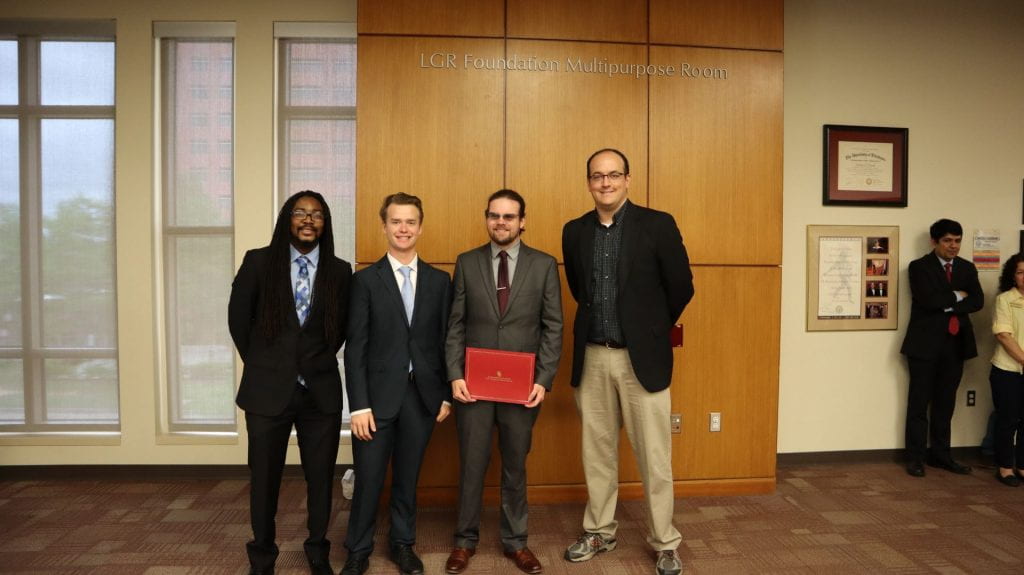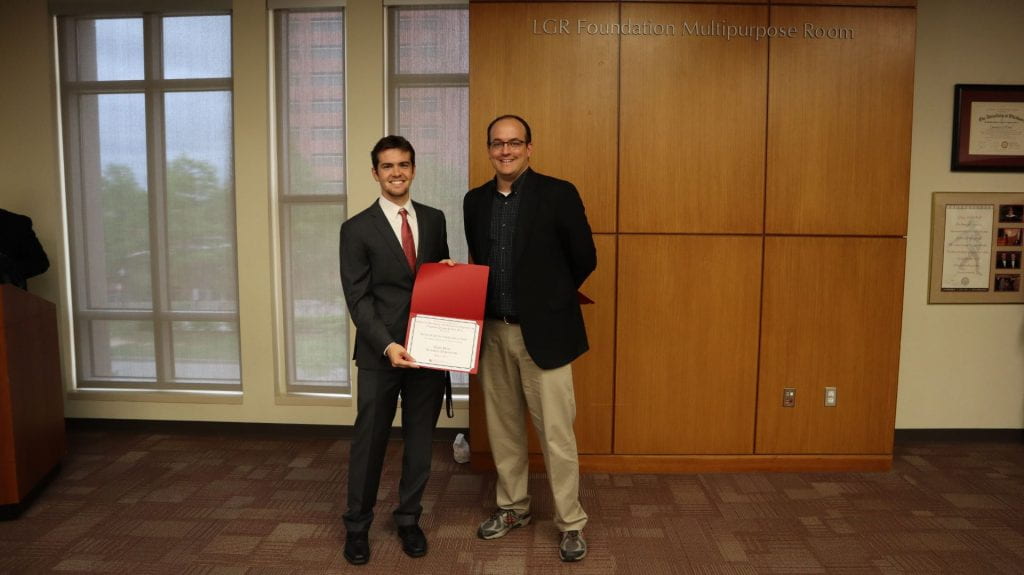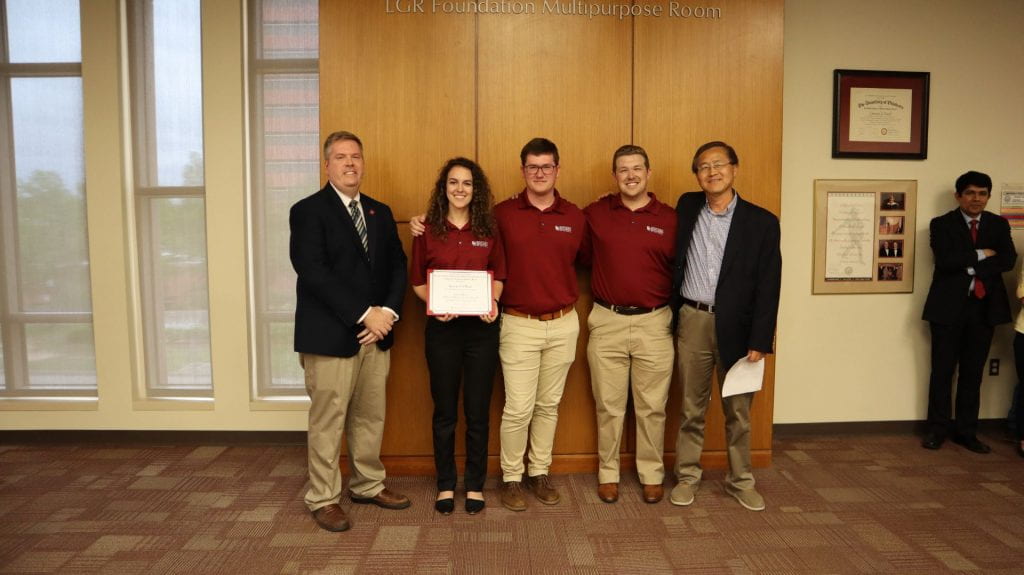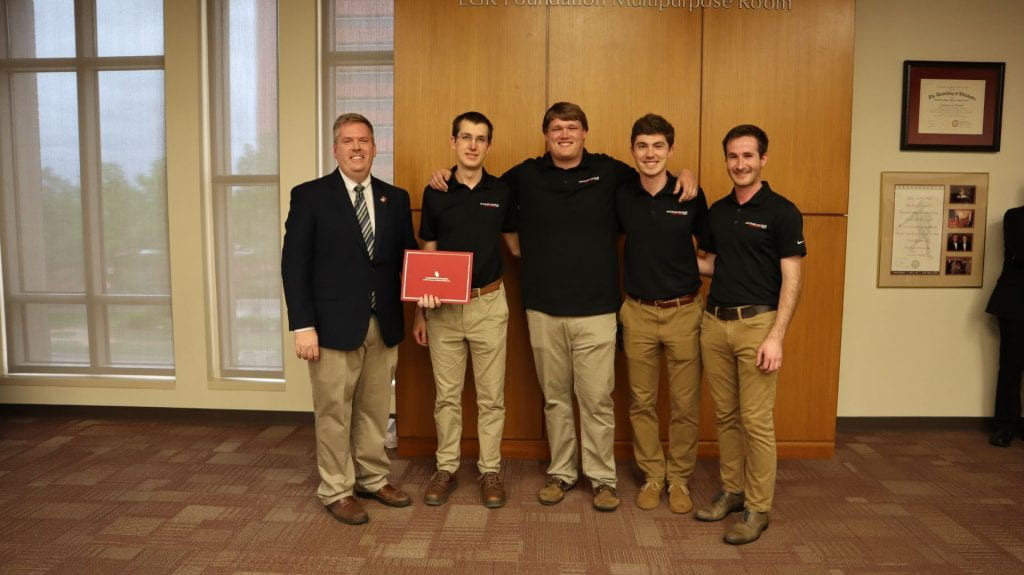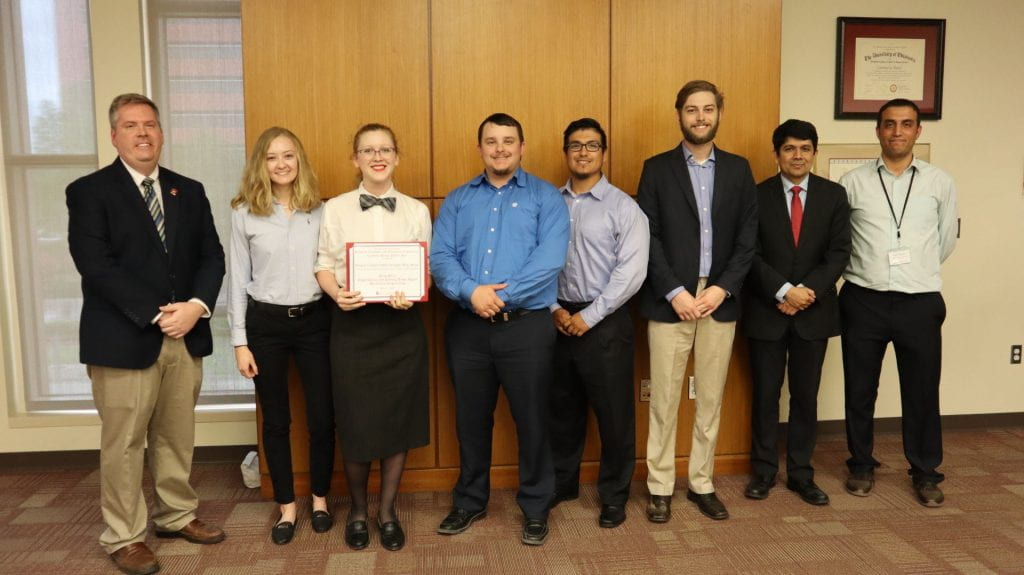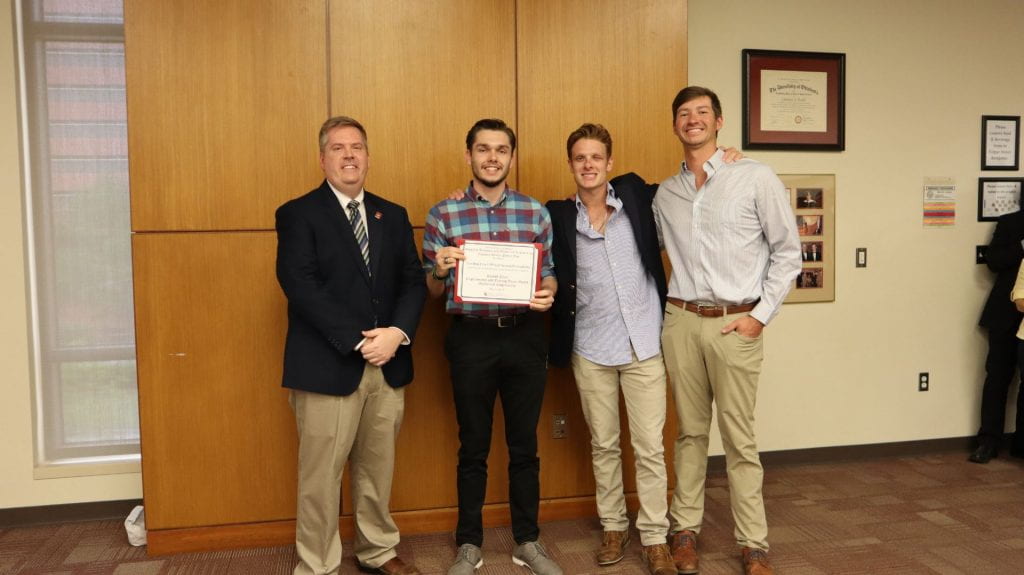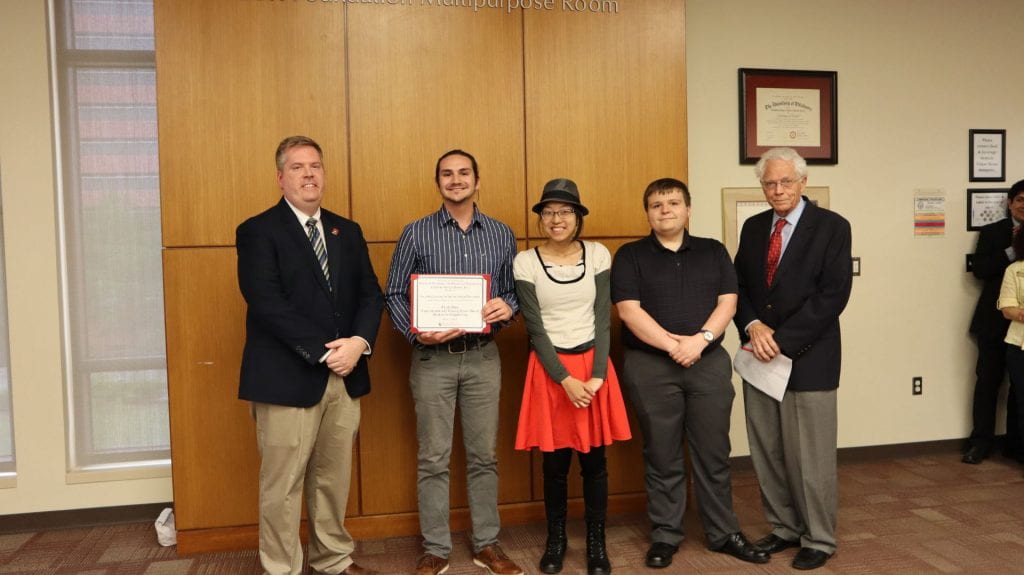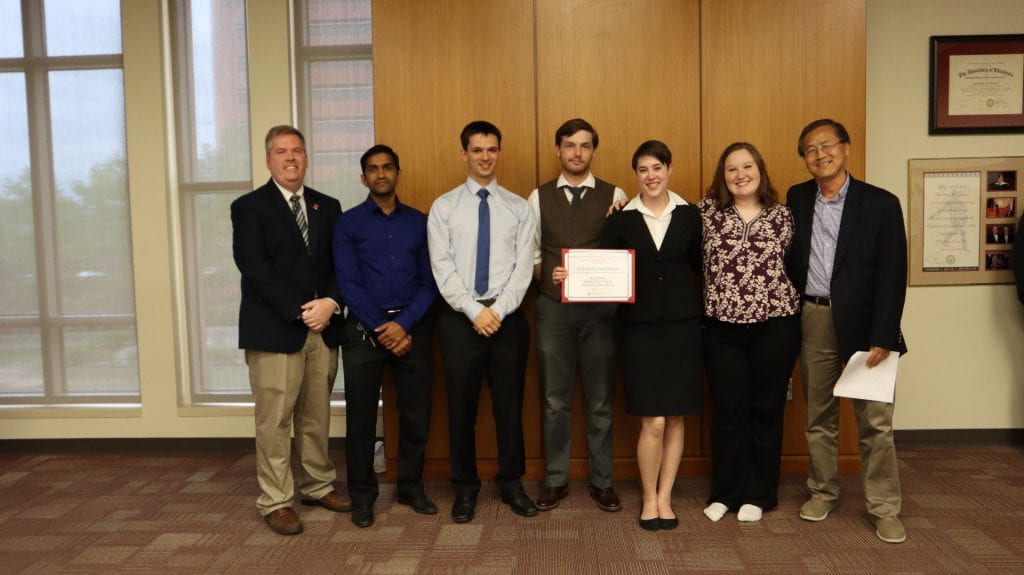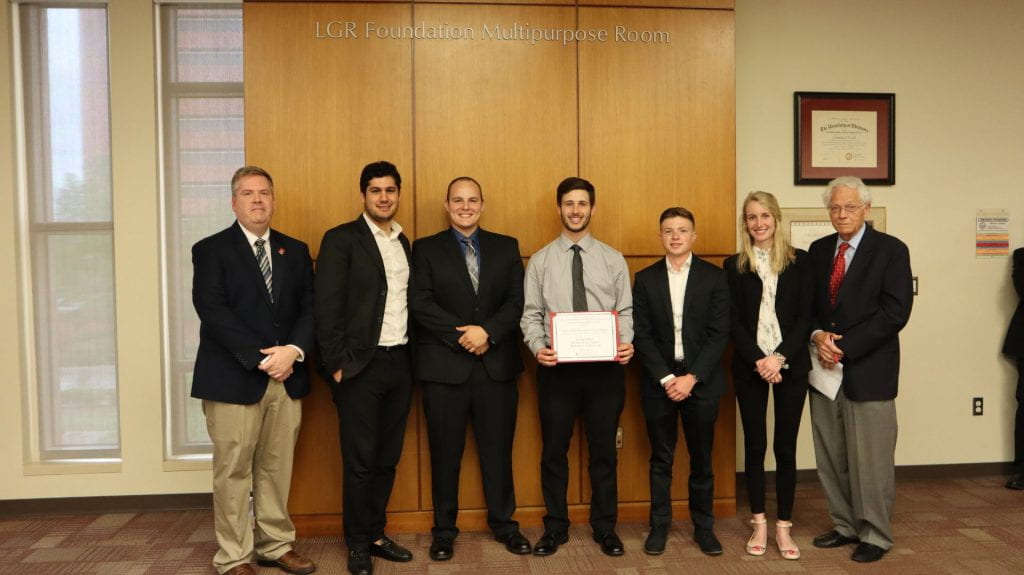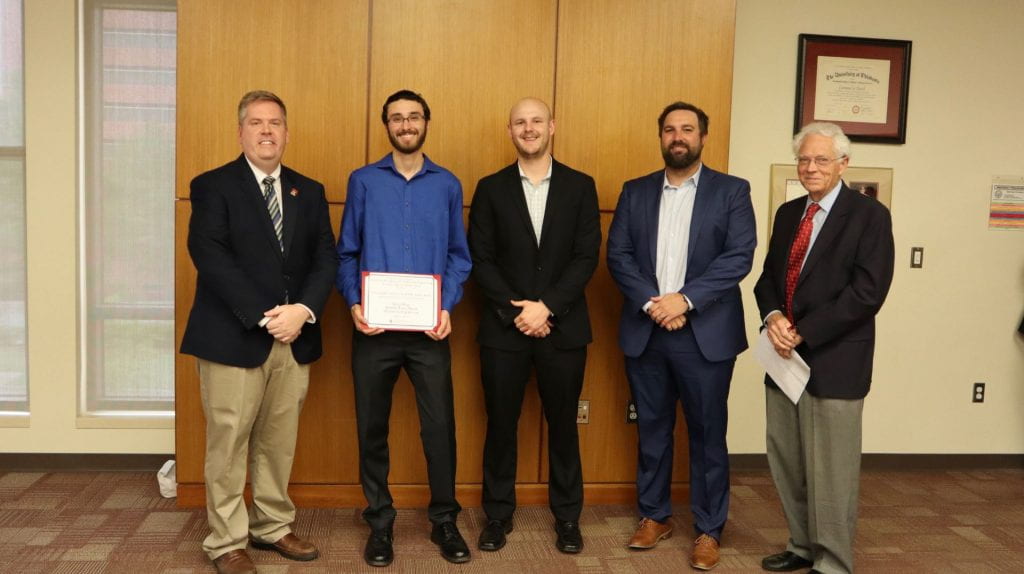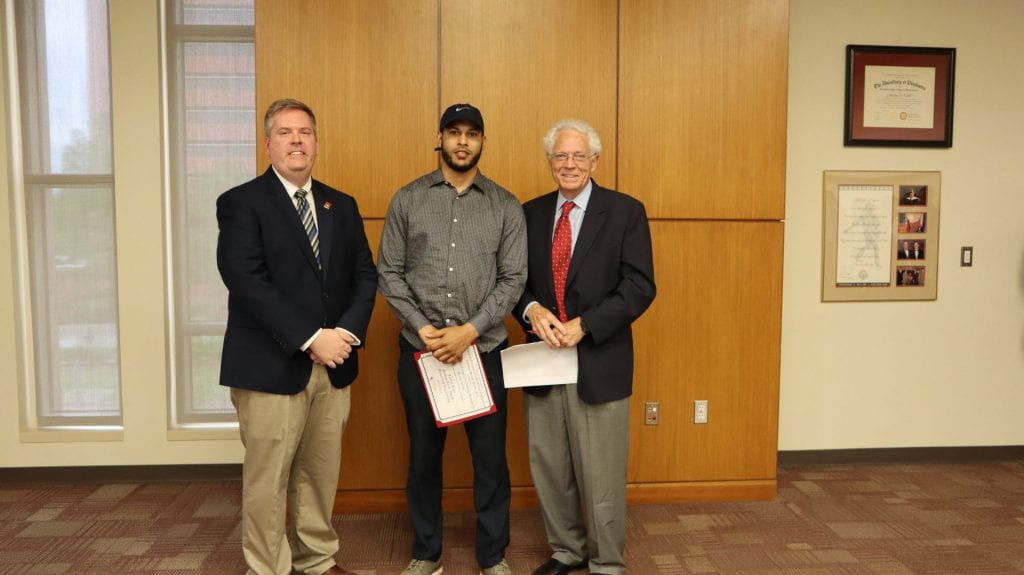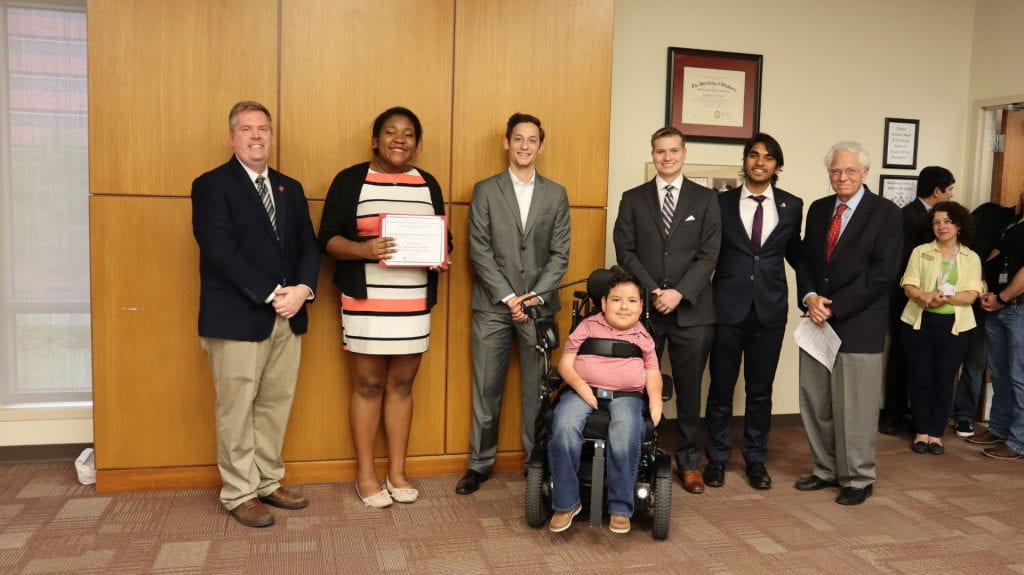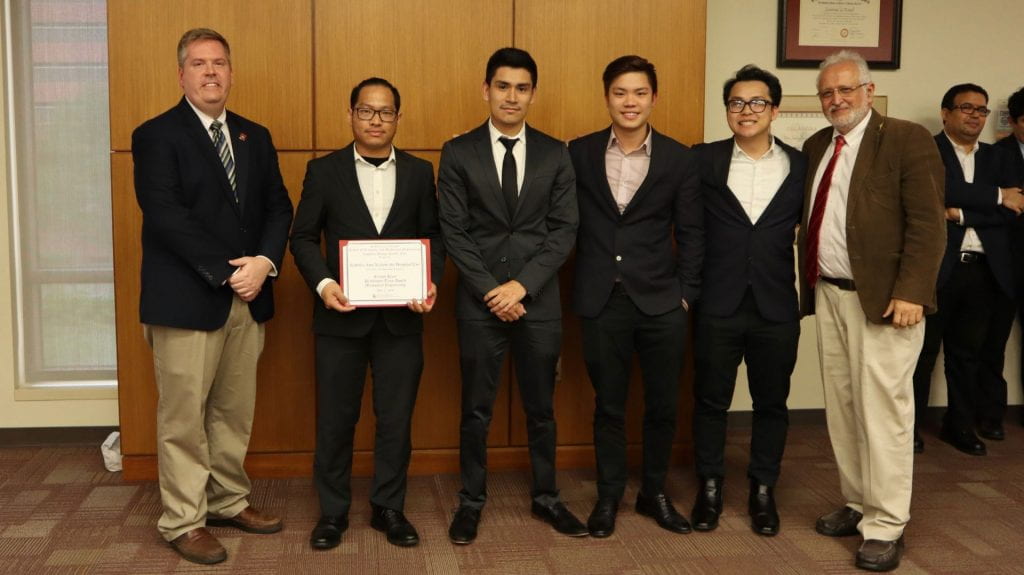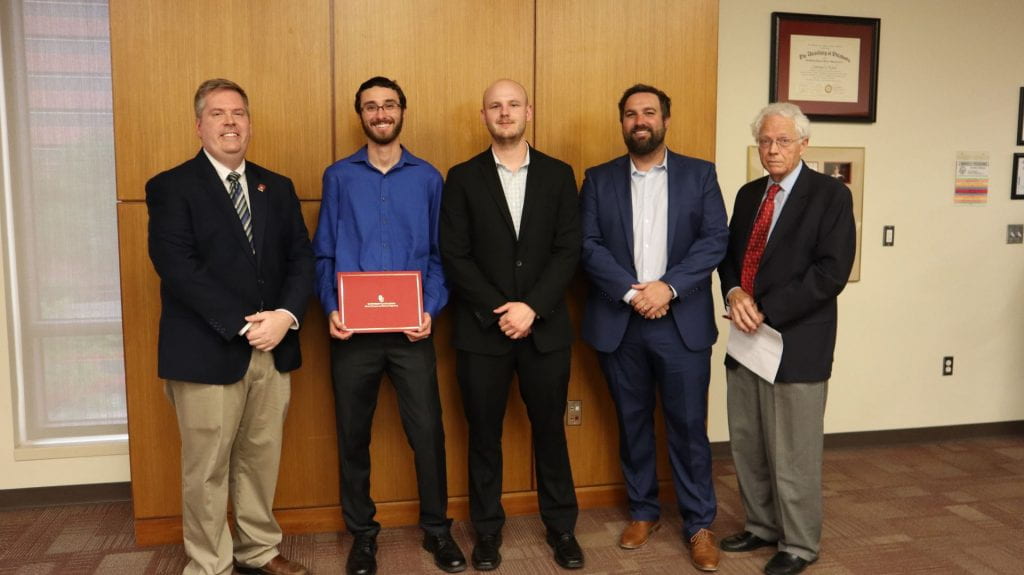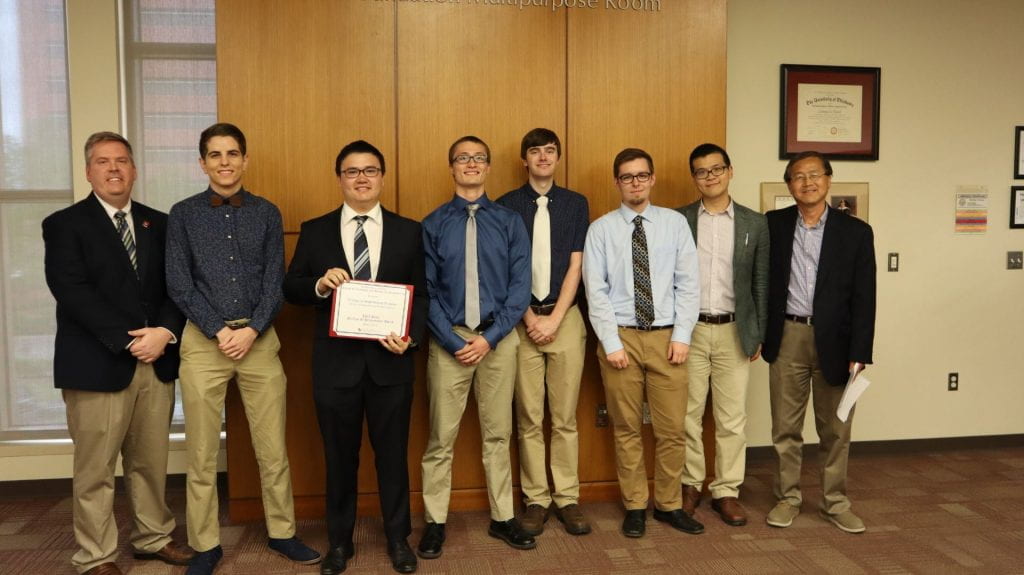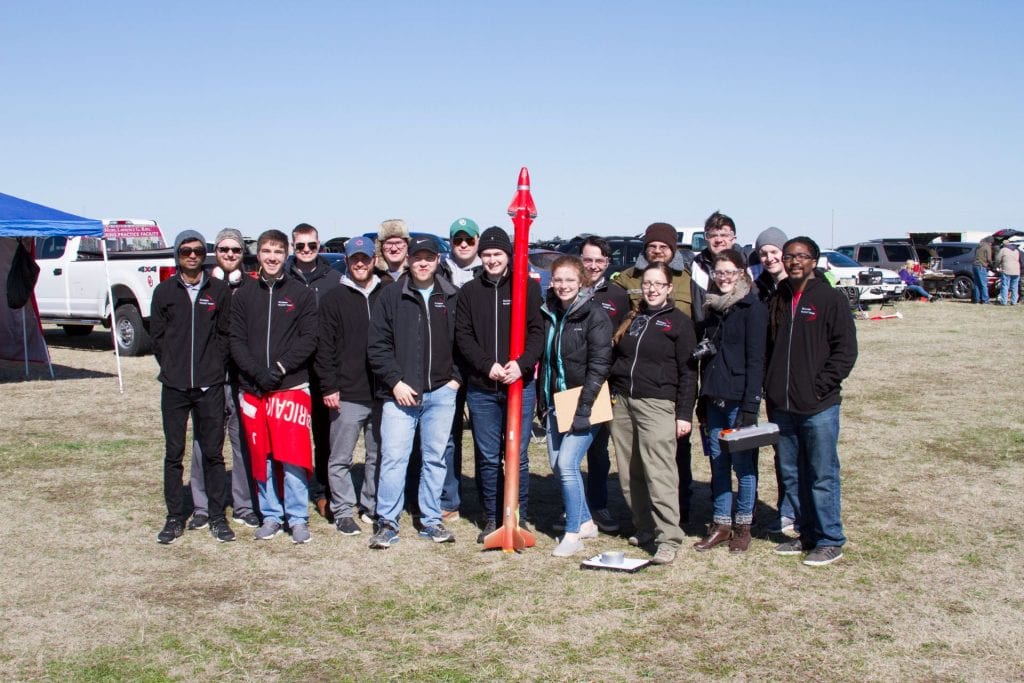The NASA JSC Pathways Program applications open today, September 14, 2020, and Abigail Moore, an AME student in the Pathways Program, wants to encourage other students to apply.
“I can’t recommend it enough to other OU engineering students,” Moore said. “I’ve met some of my best friends, learned things years ahead of my classes, and worked on things that will go to space before I graduate!”
“NASA is looking for well-rounded students who are self-motivated, passionate and want to join our ranks as we lead human space exploration. This position provides students with the opportunity to explore NASA careers and gain meaningful developmental work experience. The Pathways internship employment program is a co-op program where students rotate semesters between school and interning at Johnson Space Center working on projects from designing spacesuit helmets to teaching astronaut training classes to destructive battery testing. The Pathways program also provides the best path to a full-time job with the agency as a civil servant upon graduation,” Moore said.
Announcements are posted to www.usajobs.gov on 9/14/20 and will stay open for 1-2 days. Students can prepare to apply by developing a profile in USAJobs ahead of time, building their resume, and creating a notification for NASA Pathways Intern opportunities that will alert them when the announcements open. If anyone has any questions, they can visit the website or contact Abigail Moore directly at abbeymoore@ou.edu
How to Prepare
1. Go to USAJOBS.GOV to create an account. Click on ‘create a login.gov account’ in the orange box and follow the prompts. Once you have created your account on login.gov, click ‘continue’ to log back into USAJOBs.
2. Create a profile. Before you can apply, you will need to complete your profile. Select ‘Complete Profile.’
3. Build your Resume: After you complete your profile, you can build your resume. It is key that you do this before the announcement comes out.
4. Set up a Job Alert: Create an alert through the “saved search” function. Saved searches will automatically search for jobs based on your search criteria and email you when there are new jobs available. Pathways announcements are listed as “Student Trainee” roles.
5. Once you have set up your alert, you will be notified when Pathways vacancies open. Once you find an opportunity, follow the instructions in the “How to Apply” section of the announcement.
One important note: Each job announcement will be considered closed at 10:59 p.m. CST on either the date that a specific number of applications are received or on 9/16/20, whichever occurs first.
You can find more info on the program, including qualifications, here: https://pathways.jsc.nasa.gov/
